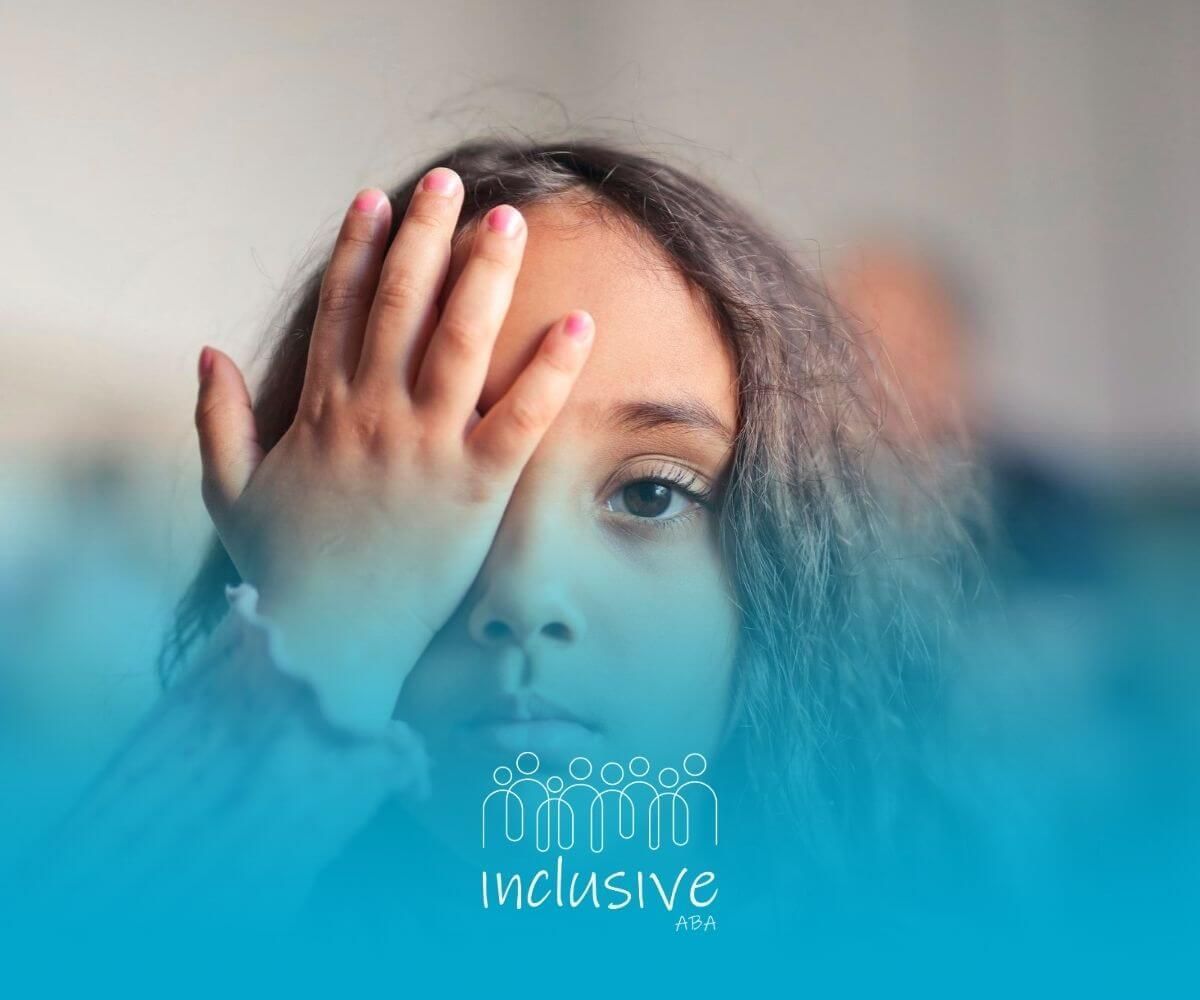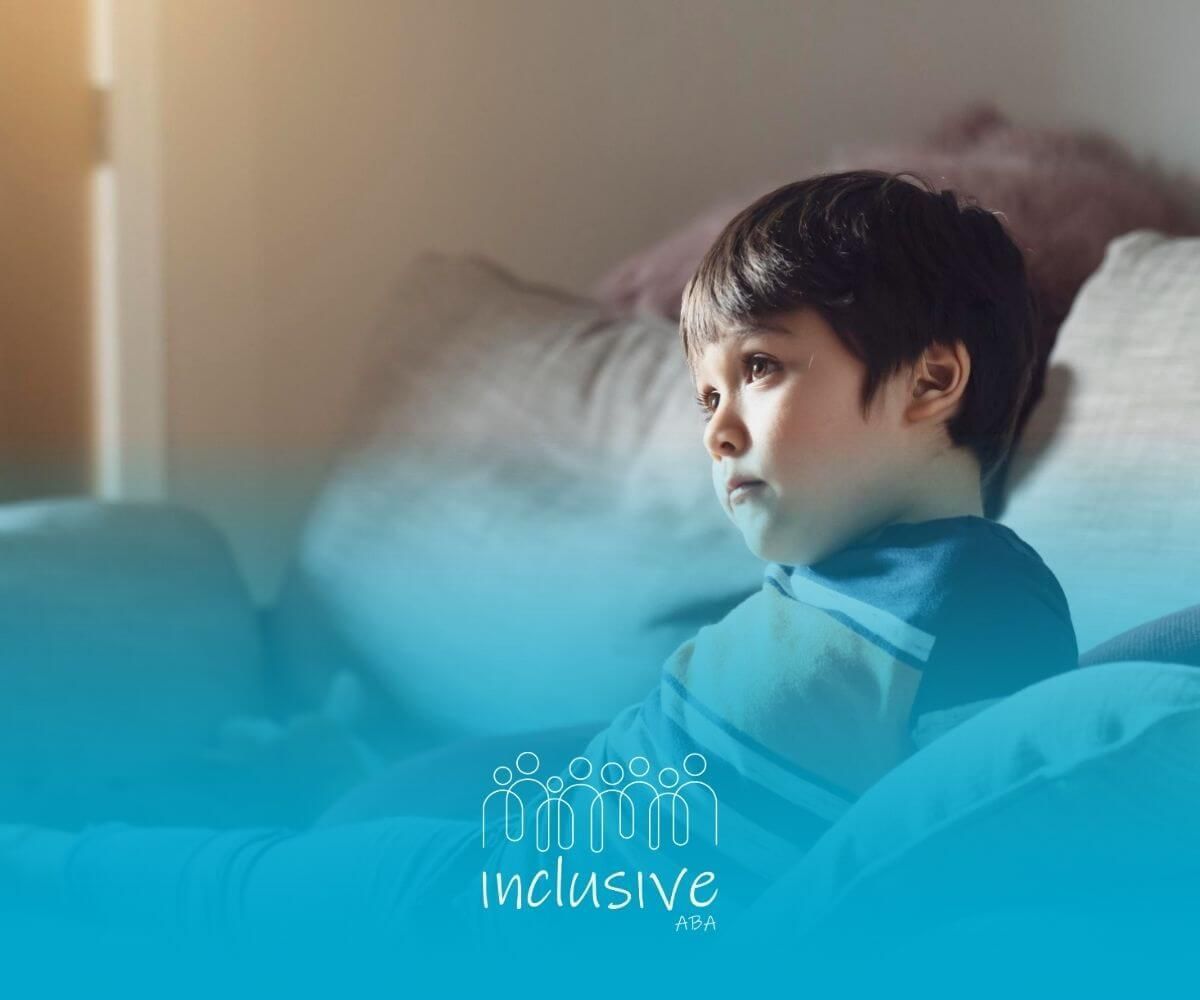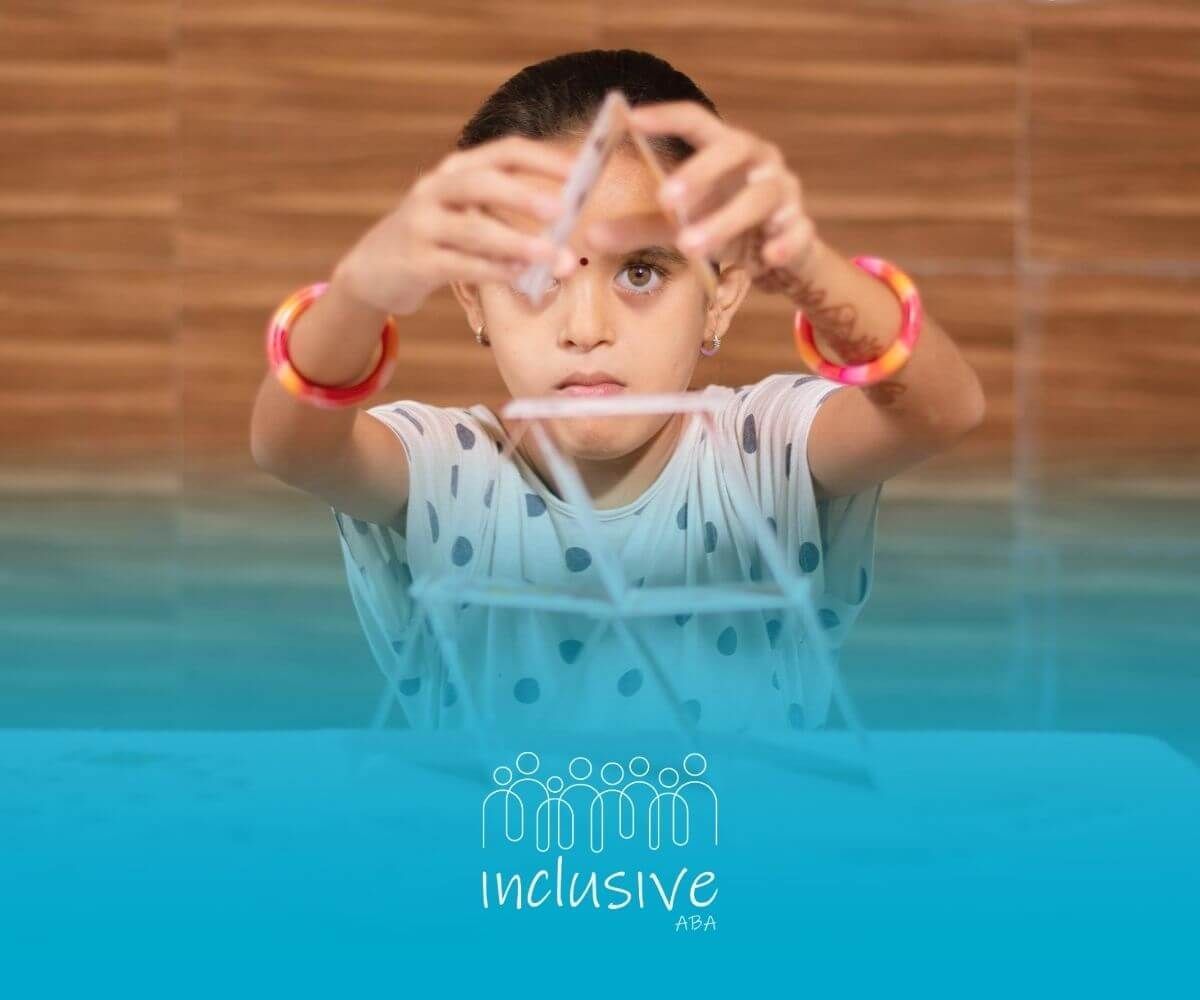Reinforcement in Autism Therapy: Turning Learning into Joy
When it comes to autism therapy, reinforcement is everything. It’s the gentle nudge that helps children realize, “Hey, I can do this!” — turning challenges into opportunities for growth.
I’ll never forget a little boy named Sam who hated brushing his teeth. We created a small reward system with songs, cheers, and hugs each time he tried. By the end of the month, brushing became his favorite nighttime routine.
That’s the beauty of reinforcement — it transforms hard moments into victories.
Understanding Reinforcement in Autism Therapy
In ABA therapy, reinforcement is what happens right after a behavior to increase the chance that behavior will happen again in the future. It’s based on one simple idea: behaviors that lead to good outcomes are more likely to be repeated.
For example:
- A child says “juice,” and the therapist gives them juice.
- A child completes a puzzle, and the therapist cheers, “Awesome job!”
- A child follows directions, and they get a sticker or favorite toy.
Each of these outcomes reinforces the desired behavior — communication, task completion, and cooperation. This simple yet powerful concept forms the foundation of most ABA programs.
The Two Main Types of Reinforcement
ABA therapy uses two broad categories of reinforcement: positive reinforcement and negative reinforcement.
Positive Reinforcement
This is the most common and effective type used in autism therapy. It involves adding something pleasant or desirable after a behavior.
For instance:
- Giving praise (“You did it!”)
- Offering a preferred toy or snack
- Allowing time on a tablet after finishing a task
The goal is to add something enjoyable to increase the likelihood of the behavior happening again.
Negative Reinforcement
Negative reinforcement is often misunderstood. It doesn’t mean punishment — it simply means removing something unpleasant when the desired behavior occurs.
Example:
- A child dislikes loud noise. When they use a calm voice to request a break, the noise stops.
- A child completes a hard task and gets to skip a less preferred activity afterward.
In both cases, the removal of an unwanted stimulus strengthens the desired behavior.
While negative reinforcement can be effective in some cases, positive reinforcement is preferred because it nurtures motivation and enjoyment in learning.
Types of Reinforcement Used in ABA Therapy
ABA therapy doesn’t rely on one-size-fits-all methods. Each child’s reinforcement plan is personalized based on their preferences, strengths, and therapy goals. Here are the main types used:
1. Tangible Reinforcement
These are physical rewards — things a child can see or touch. Examples include small toys, stickers, tokens, or favorite snacks. Tangible reinforcers are especially useful for younger children or those just starting therapy.
2. Social Reinforcement
Social reinforcers come from people — things like smiles, high-fives, praise, or verbal encouragement. “I’m so proud of you!” can go a long way when it comes from someone the child trusts.
Over time, therapists aim to make social reinforcement the main motivator, since it’s more natural and can be used anywhere.
3. Activity Reinforcement
These reinforcers involve giving access to enjoyable activities after a desired behavior. It could be extra time on the playground, watching a favorite video, or playing with a preferred toy.
Example: “First we finish our puzzle, then we play with the train set.”
4. Token Reinforcement
A token economy system uses tokens, stars, or points that children can earn for positive behaviors. Once they collect a certain number, they can exchange them for a bigger reward. This helps teach delayed gratification and goal-setting.
5. Natural Reinforcement
This is one of the most powerful forms of reinforcement because it mirrors real-life situations. The behavior itself leads to a natural reward.
Example: A child asks for a snack, and they get the snack. No extra reward needed — the natural consequence is reinforcing enough.
Over time, ABA therapists aim to fade out tangible or external rewards so that natural reinforcement takes over, helping the child generalize their skills beyond therapy sessions.
Why Reinforcement Is Effective for Children with Autism
Children with autism often experience the world differently. Social cues, communication, and expectations can sometimes feel confusing or unpredictable. Reinforcement helps bring clarity and structure to learning.
Here’s why it works so well:
- It’s individualized. Every reinforcement plan is based on what that child finds motivating.
- It’s consistent. Predictable outcomes help children feel secure and in control.
- It builds trust. When positive behaviors lead to good things, therapy becomes a safe and enjoyable experience.
- It encourages communication. Many children start using words or gestures because they learn it leads to something rewarding.
Reinforcement transforms ABA therapy from correction-based to connection-based.
Using Reinforcement at Home
Reinforcement doesn’t just happen in therapy sessions — parents and caregivers play a huge role in reinforcing positive behaviors in daily life.
Here’s how you can make it work at home:
- Notice the good. Praise your child right when they do something positive.
- Be specific. Instead of just saying “good job,” try “I love how you shared your toys!”
- Use small, meaningful rewards. It doesn’t have to be expensive — time together, playtime, or a favorite snack can be powerful motivators.
- Stay consistent. Consistency helps your child connect behavior with outcome.
- Collaborate with your ABA team. Ask your child’s therapist for tips on what reinforcers to use and how to fade them appropriately.
The goal is to create a unified, supportive environment — one where learning continues naturally, even outside of therapy.
At Inclusive ABA, reinforcement is more than a strategy — it’s the heart of their approach. Their team of compassionate professionals uses personalized ABA programs built on encouragement, respect, and meaningful progress.
Families can choose from a range of services designed to fit their needs and lifestyle:
- Home-based ABA for individualized sessions in the comfort of your home.
- School-based ABA to support success in the classroom and social settings.
- Parent training to empower caregivers with the tools to reinforce learning every day.
Inclusive ABA proudly serves families across several states, including
Nevada,
Nebraska,
Colorado,
Utah,
Iowa, and
Ohio.
If you’re looking for compassionate ABA therapy that focuses on your child’s growth through positive reinforcement and individualized care, contact Inclusive ABA today. Every step forward deserves celebration — and Inclusive ABA is here to celebrate with you.
FAQs
What’s the difference between reinforcement and punishment in ABA?
Reinforcement strengthens a behavior by adding or removing something positive, while punishment tries to decrease a behavior by introducing an unpleasant consequence. ABA focuses primarily on reinforcement because it promotes learning through positivity and motivation.
How do therapists decide which reinforcers to use?
Therapists often conduct “preference assessments” — short, fun activities to learn what motivates each child. This could be a favorite toy, food, song, or activity. Reinforcers are updated regularly to match the child’s evolving interests.
Will my child always need external rewards?
No. The goal of ABA therapy is to gradually move from external rewards (like toys or snacks) to natural ones (like praise, success, and independence). Over time, your child learns to find joy and motivation in their own progress.
Sources:
- https://www.appliedbehavioranalysisedu.org/what-is-reinforcement-and-why-is-it-important-in-aba/
- https://www.nu.edu/blog/what-is-differential-reinforcement/
- https://www.autismspeaks.org/applied-behavior-analysis
- https://www.simplypsychology.org/negative-reinforcement.html
- https://www.medicalnewstoday.com/articles/negative-reinforcement
Looking for Expert Help? We're Here for You!
Our compassionate and skilled team is devoted to enhancing your child's development through customized ABA therapy. Let us partner with you to create a supportive environment for your child's success.
Discover how we can help your family thrive with expert ABA therapy.
Related Posts







